 |
| April 15, 2020 |
Dear Reader,
X-ray surveys of galaxy clusters across the sky are revealing what may be curious anomalies in cosmic structure. Could the universe be directionless? Read our main story to find out more. From an article in our April issue, scientists found a tiny animal living under rocks in Antarctica's inland mountain peaks, where nothing should survive. Also featured in today's roundup: a new analysis suggests that bats and rodents are "unexceptional" in their tendency to host viruses that infect humans. And lastly, a group of conservative policymakers and pundits—who are not trained as climate scientists—have repurposed arguments against coronavirus modeling to attack climate projections. Important information for our print subscribers |
| | Sunya Bhutta, Senior Editor, Audience Engagement
@sunyaaa | |
 |
| |
| |
| |
| |
| |
| Policy & Ethics Obama Talks Some Science Policy As he endorsed Joe Biden today, former president Barack Obama touched on some environmental, economic and science matters. |  | By Steve Mirsky | 01:38 | | | |
FROM THE STORE
 | | Trailblazers: Women in Science Sally Ride, the first American woman to go to space, once said that she didn't set out to be a role model, but after her first flight, she realized that she was one. Like her, the 12 women scientists in this collection became unintentional heroes through perseverance and hard work, making great discoveries in all areas of science. From Vera Rubin's examination of the internal dynamics of galaxies to Nobel Prize winner May-Britt Moser's study of the brain's GPS-like navigating system, read up on the achievements of women who became role models for us all. |  | | |
| |
FROM THE ARCHIVE
 | | How to Debate a Science Denier A new finding shows that marshaling facts and identifying an opponent's rhetorical techniques are effective at dampening a skeptic's message By Diana Kwon | June 2019 | | |
| |
LATEST ISSUES
 |
| |
| Questions? Comments?  | |
| Download the Scientific American App |
| |
| |



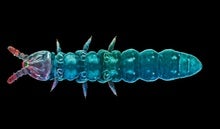
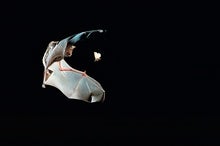
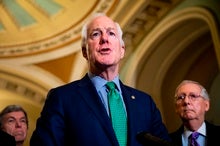
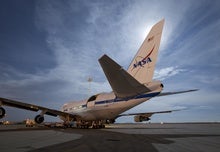
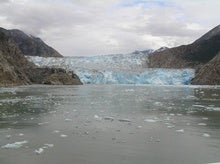





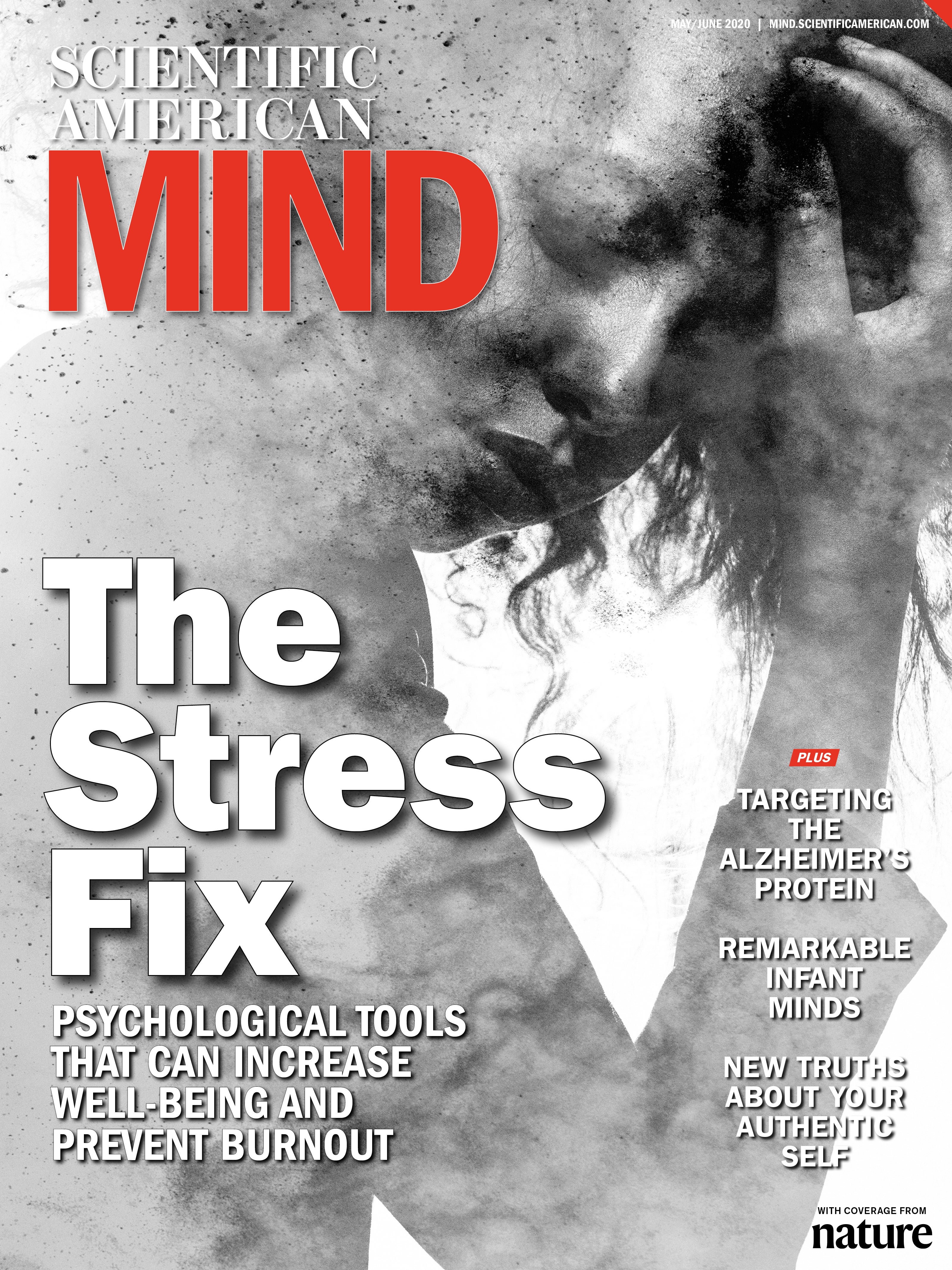
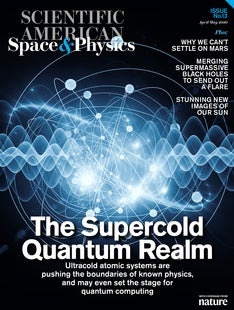
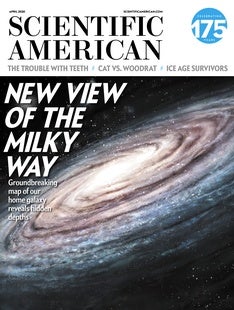



Comments
Post a Comment